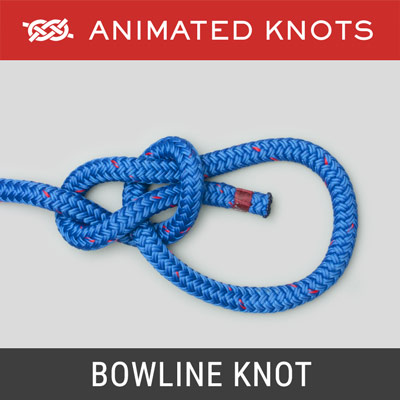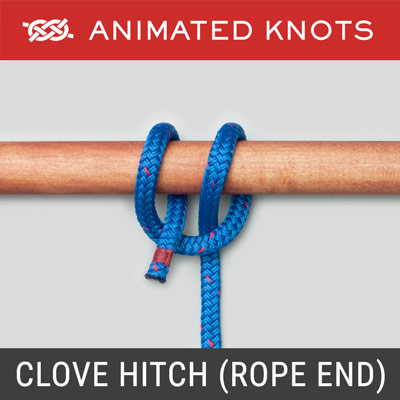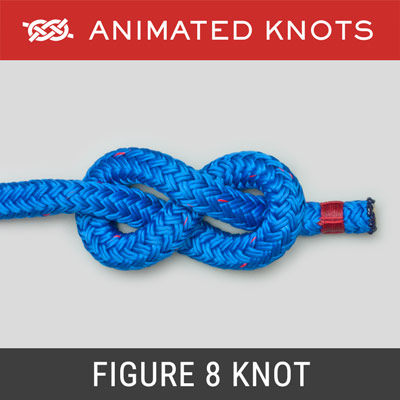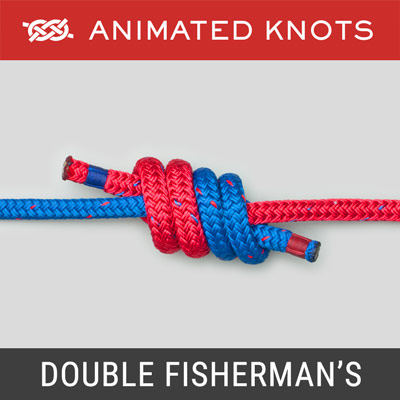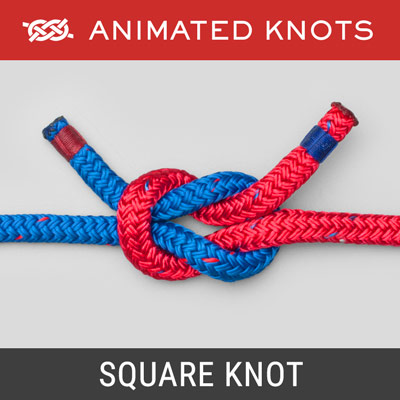Simple strong way to secure a tow line to a bollard
Lighterman’s Hitch
Simple strong way to secure a tow line to a bollard
 |  |
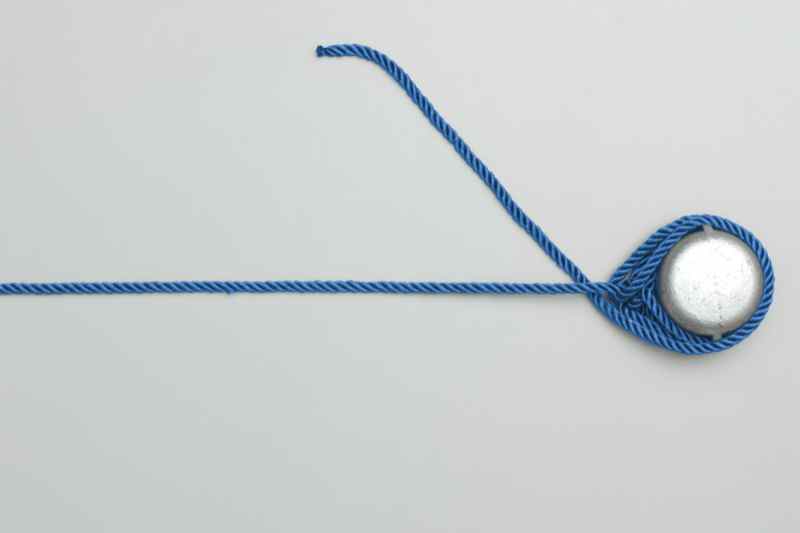
 |  |  |  |  |
To Step use Arrow Keys (
Uses: The Lighterman’s Hitch Knot is described by Ashley as “To hitch to a Stanchion” (Ashley ABOK #2046, p 332). It is unusual in its approach to taking a heavy load. No knot is tied – instead the rope is passed partially round the standing end in one direction and then in the other – each time dropping a bight over the bollard. Ashley stresses the importance of making the hitch tightly so that it cannot “work.”
Similar Knots:
The knot closest to the Lighterman’s Hitch Knot is the Tensionless Hitch Knot – which merely consists of many turns wrapped round a suitable post, tree, or bollard. Of these two knots we prefer the Lighterman’s because the alternating turns reduce rotational stress on the post. The Tensionless might have an advantage if the load approaches the breaking strain but only if the turns are passed around a large diameter bollard and the tail is secured away from the standing end to avoid the kink caused by securing the Tensionless to it.
Tying it: The version of the Lighterman’s Hitch Knot shown here starts with two initial turns (often called “a Round Turn”). This provides a reliable way of taking the initial strain and is often enough to control a load while the hitch is being completed and to allow for a safer release later. For larger loads an extra initial turn can be used.
Advantages: The beauty of the Lighterman’s Hitch Knot lies in its simplicity and the ease with which it can be safely untied and eased out. As each turn is removed, the tail can be eased to determine how easy it still is to control the load.



